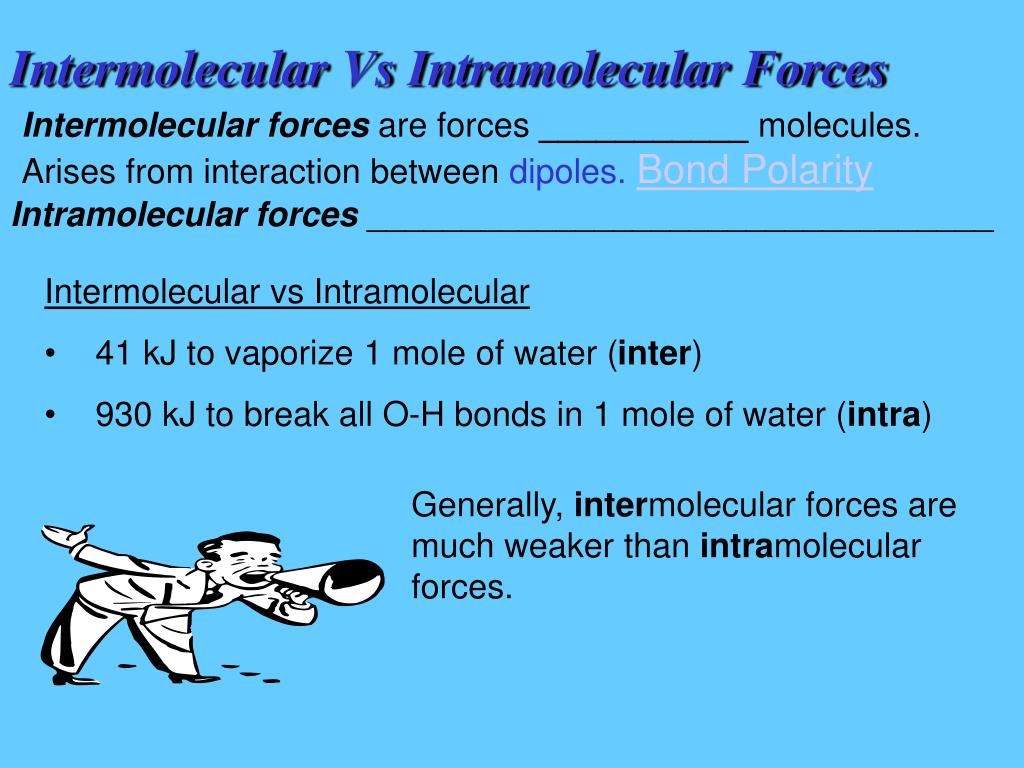

In addition, the study evaluated the significance of the interrelationship between various stratums that interphase in the value creation process of the leather sector influence activities related to productivity. This background, therefore, prompted the significance of this study to focus in identifying and examining the survey responses from the leather strata in Kenya related to productivity.

In retrospect, as a panacea the value addition initiatives being set up in the continent should as a prerequisite take cognizance of productivity to its livestock agro-based production chain. The inattentive attitude towards the importance of productivity in most African countries has culminated to problems that entail lack of sustainable productivity framework in their commodity development. Productivity is fundamental in addressing key economic indicators such employment, wealth creation, trade, competitiveness and rural development in Africa. This article empirically tests the impact of Chinese urban income gap on the industrial finished product intra-industry trade level base on Johansen Co-integration Test, finding that the urban income gap improves the industrial finished product intra-industry trade level in the long term. In view of our city typical characteristics of rural economic structure, and since twentieth Century 90 years, expanding speed of urban income gap degree has been more than rural areas, coupled with the proportion of the increasing urban population, the importance of the income gap between urban internal, become the structural factors of widening the income gap, this paper focuses on effects of urban income gap on intra industry trade. In turn, the gap will affect the intra industry trade? This is a problem worth thinking and research.The optimization of the trade structure has important practical significance on promotion of foreign trade competitiveness in china. The study confirmed that the direction of the impact of all determinants of intra-industry trade identified is consistent with the predictions of the theory.Ī large number of empirical studies show that, trade will have an impact on the domestic income gap. An unfavourable effect on the intensity of intra-industry trade is also the degree of imbalance in trade between trade partners. The geographical distance separating the trading countries turned out to be a factor limiting the development of intra-industry trade. The size of the country, measured by the size of its GDP, is equated with the size of the market and the possibilities of selling differentiated products in it. The research findings show that the size of the trading partners' economies has a positive impact on the development of intra-industry trade in clothing and footwear. The econometric model for panel data was used to identify the factors determining bilateral intra-industry trade with EU countries. The present study investigated the country-specific determinants of intra-industry trade between Poland and its European Union trading partners in clothing and footwear during the time period 2004–2017.


 0 kommentar(er)
0 kommentar(er)
